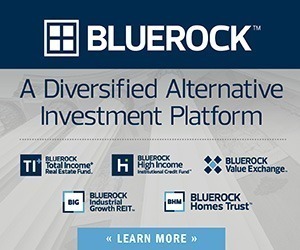Natalie Wong and Patrick Clark | Bloomberg
The shakeout in the $20 trillion US commercial real estate market has long been delayed for a simple reason: No one could figure out just how much properties were worth. And, more crucially, few wanted to.
Since the Covid-19 pandemic upended the use of real estate around the world, lenders have had little incentive to get tough on borrowers squeezed by soaring interest rates and take on loans that had lost value. Transactions ground to a halt as potential sellers were unwilling to unload buildings at distressed prices — an outcome that allowed them to pretend that nothing had fundamentally changed.
For many, the time to wait it out is nearing its end.
Across the country, deals are starting to pick up, revealing just how far real estate prices have fallen. That’s spurring widespread concern about losses that can ripple across the global financial system — as underscored by the recent turmoil unleashed by New York Community Bancorp, Japan’s Aozora Bank Ltd. and Germany’s Deutsche Pfandbriefbank AG as they took steps to brace for bad loans.
In Manhattan, brokers have started to market debt backed by a Blackstone Inc.-owned office building at a roughly 50% discount. A prime office tower in Los Angeles sold in December for about 45% less than its purchase price a decade ago. Around the same time, the Federal Deposit Insurance Corp. took a 40% discount on about $15 billion in loans it sold backed by New York City apartment buildings.
It’s a turning point for the market as the Federal Reserve ends the fastest pace of interest-rate hikes in a generation — providing more clarity to real estate investors on where borrowing costs stand. Some property owners will have little choice but to sell as their debt come due: More than $1 trillion in commercial real estate loans are set to mature by the end of next year, according to data firm Trepp.
The fallout stands to reverberate widely. In the past decade of rock-bottom rates, global investors piled into offices and other commercial buildings as a perceived safe alternative to bonds. American cities from Los Angeles to New York have counted on top-dollar office values to help fill their property-tax coffers. And lenders — particularly US regional banks — are loaded up on loans for buildings that are now worth a fraction of their initial price.
Eventually, they’ll be left with no choice but to grapple with the black hole on their balance sheets and the ramifications of recognizing reality.
“Things can’t just sit forever,” said Josh Zegen, a co-founder of Madison Realty Capital. “If you have some trades, and values are coming down, that’ll force some of the mark-to-value conversations.”











